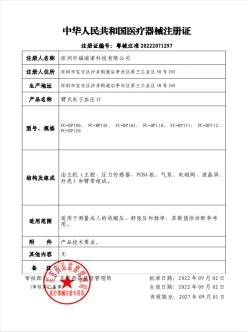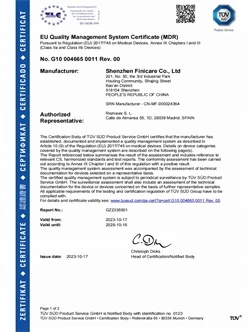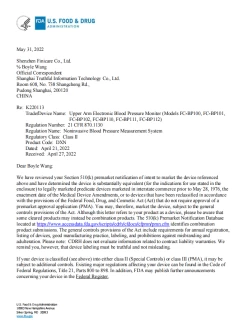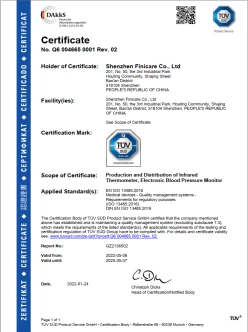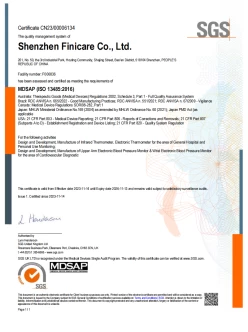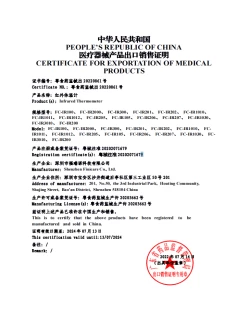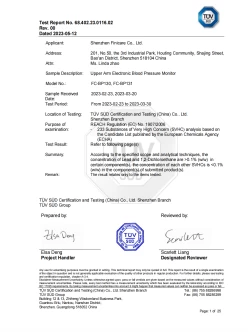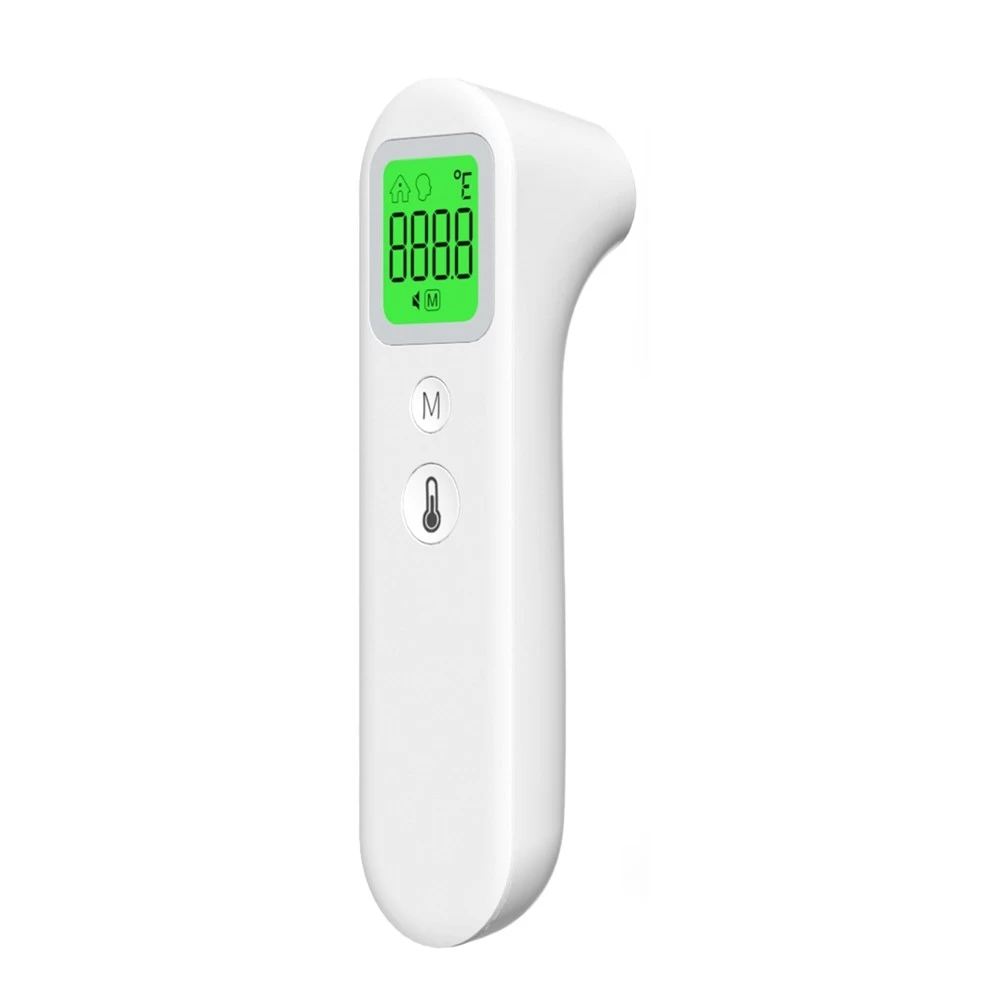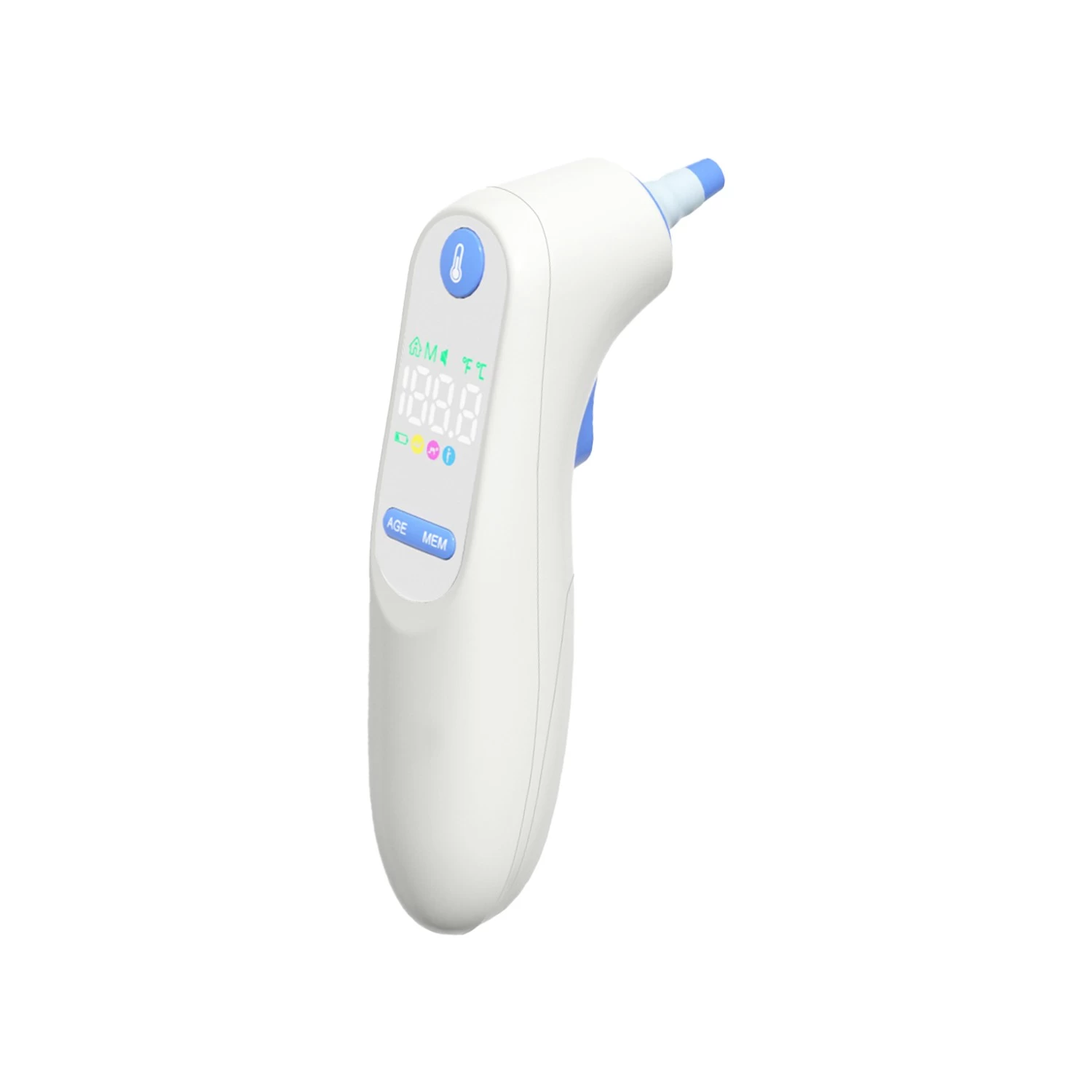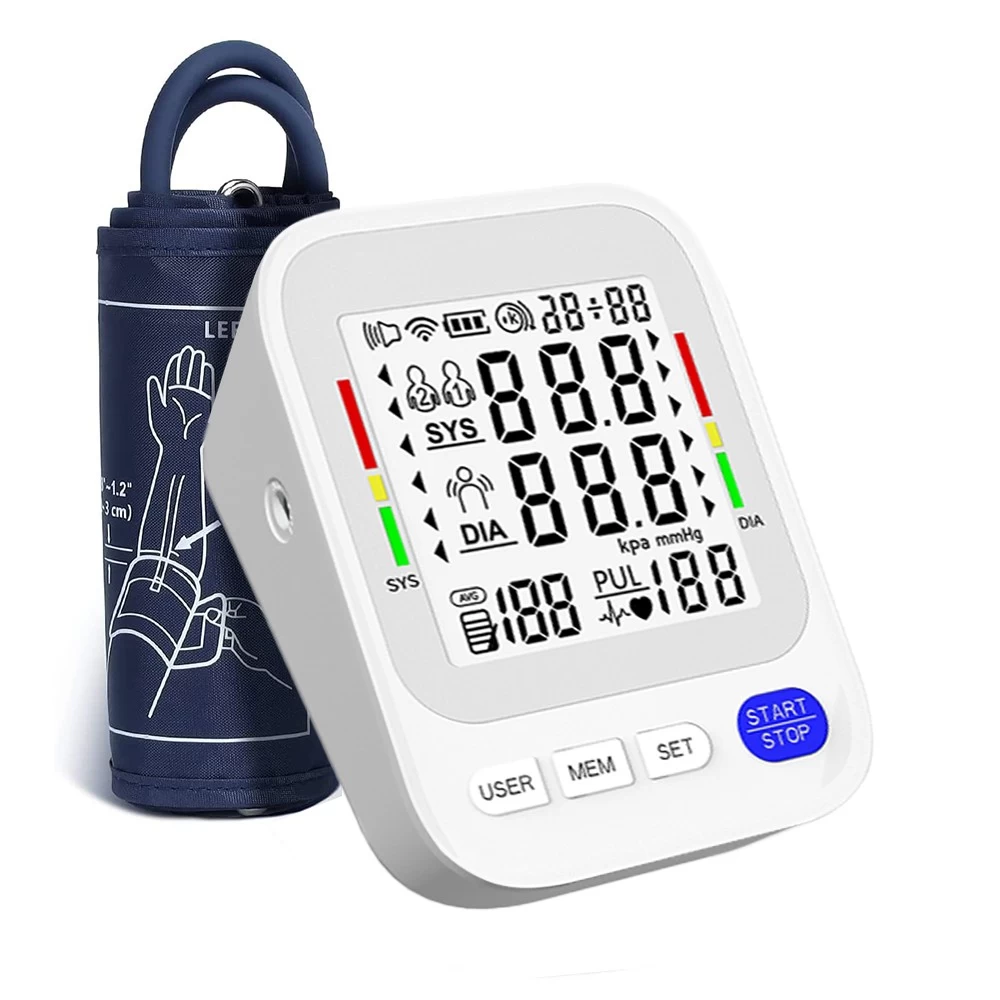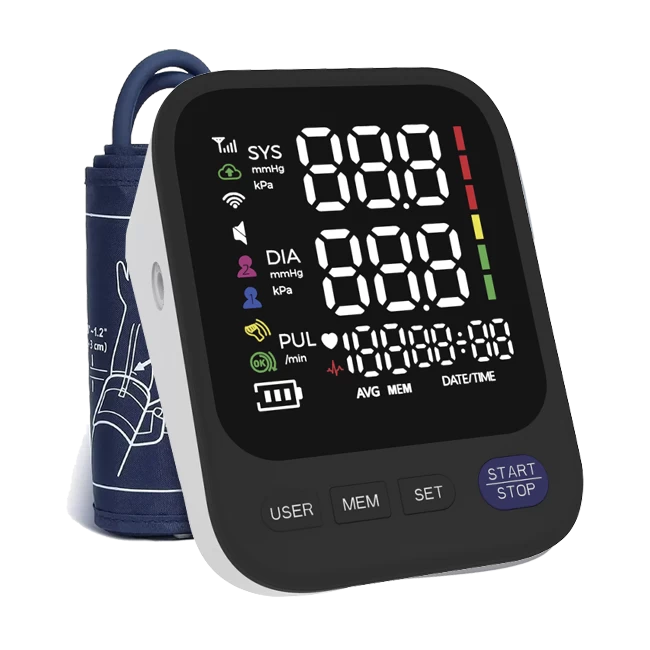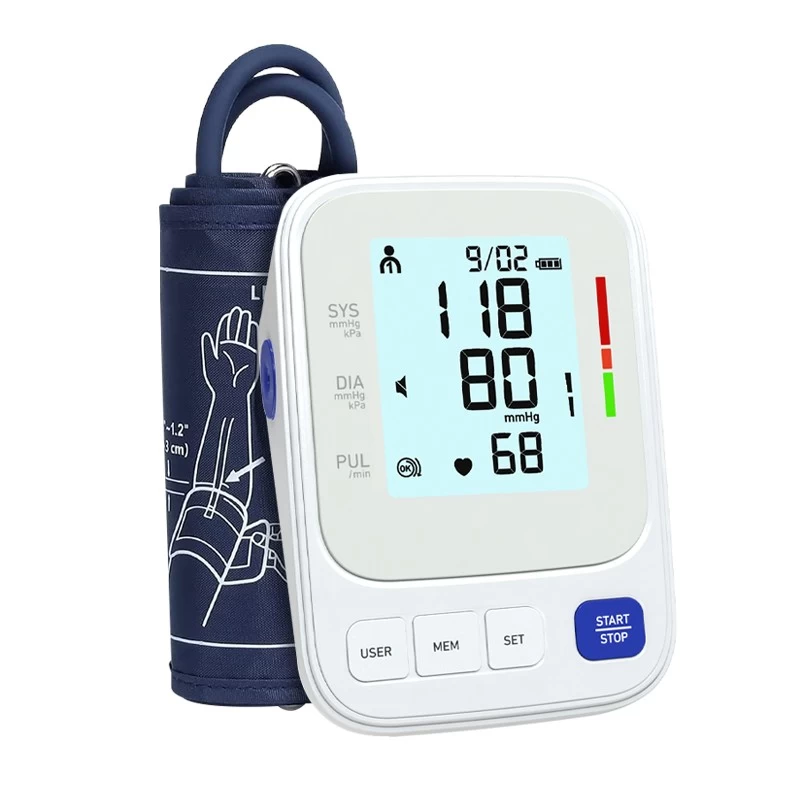Optimizing Your Blood Pressure Monitoring Experience
Optimizing Your Blood Pressure Monitoring Experience
Monitoring your blood pressure is an essential part of maintaining overall health and preventing conditions such as hypertension and cardiovascular disease. While having the right device is a great start, optimizing how you use it can make a significant difference in the accuracy of your readings and the effectiveness of your health management. Here’s how to get the most out of your blood pressure monitoring experience.
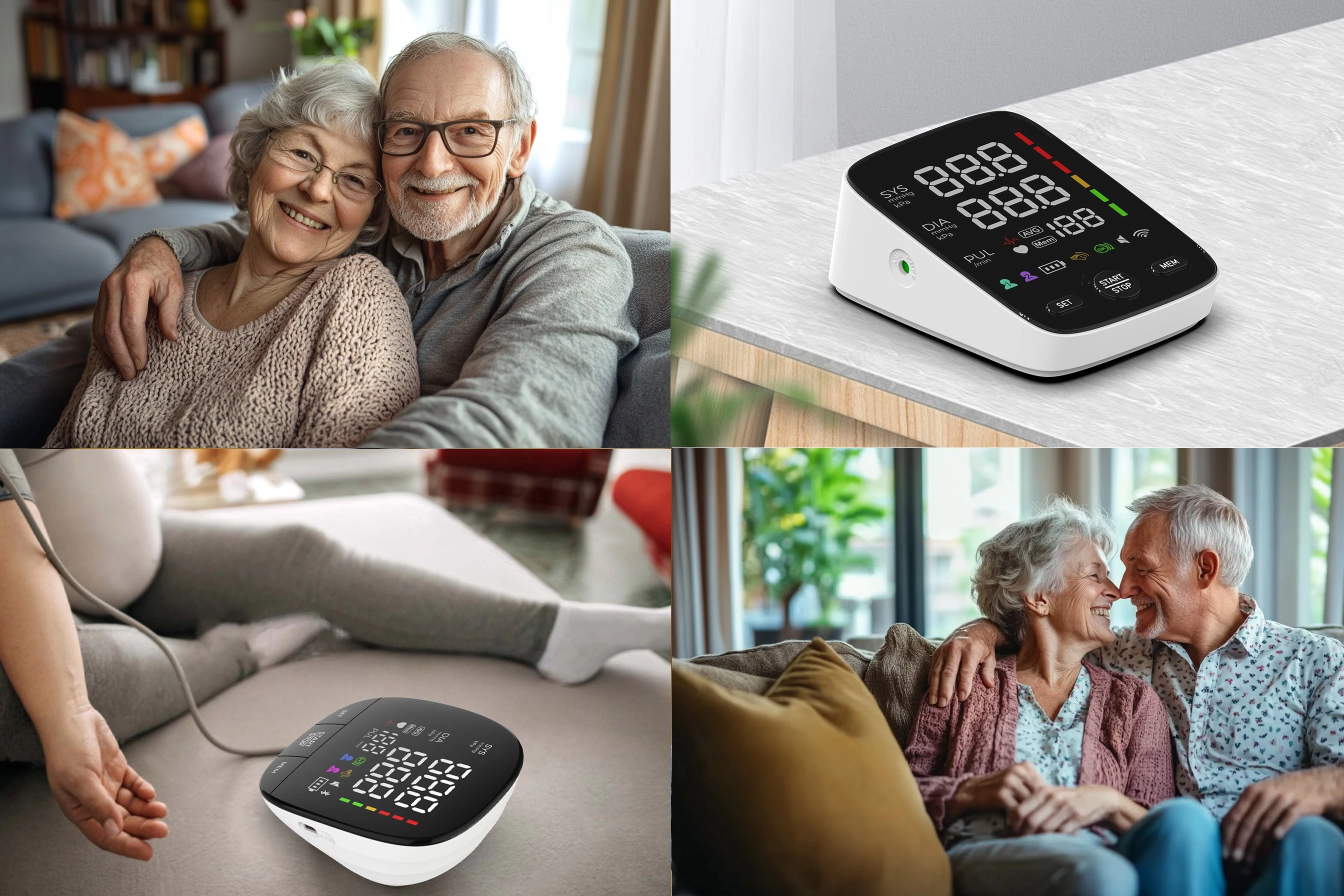
Choose the Right Blood Pressure Monitor
Selecting a high-quality blood pressure monitor is the first step. Look for these key features:
- Accuracy: Ensure the device is validated by recognized medical organizations.
- Ease of Use: Opt for a monitor with clear instructions, a large display, and user-friendly controls.
- Cuff Fit: Choose a cuff that fits your arm snugly; improper fit can lead to inaccurate results.
- Advanced Features: Consider monitors with memory storage, smartphone connectivity, or multi-user support to track your readings effortlessly.
Upper arm monitors are generally more accurate than wrist monitors, making them a preferred choice for home use.
Prepare for Accurate Readings
Proper preparation is crucial for consistent and reliable results. Follow these tips before measuring your blood pressure:
- Relax and Rest: Sit quietly for at least five minutes in a calm environment.
- Avoid Stimulants: Refrain from consuming caffeine, alcohol, or tobacco for at least 30 minutes prior to measurement.
- Empty Your Bladder: A full bladder can temporarily raise blood pressure, so it’s best to use the restroom beforehand.
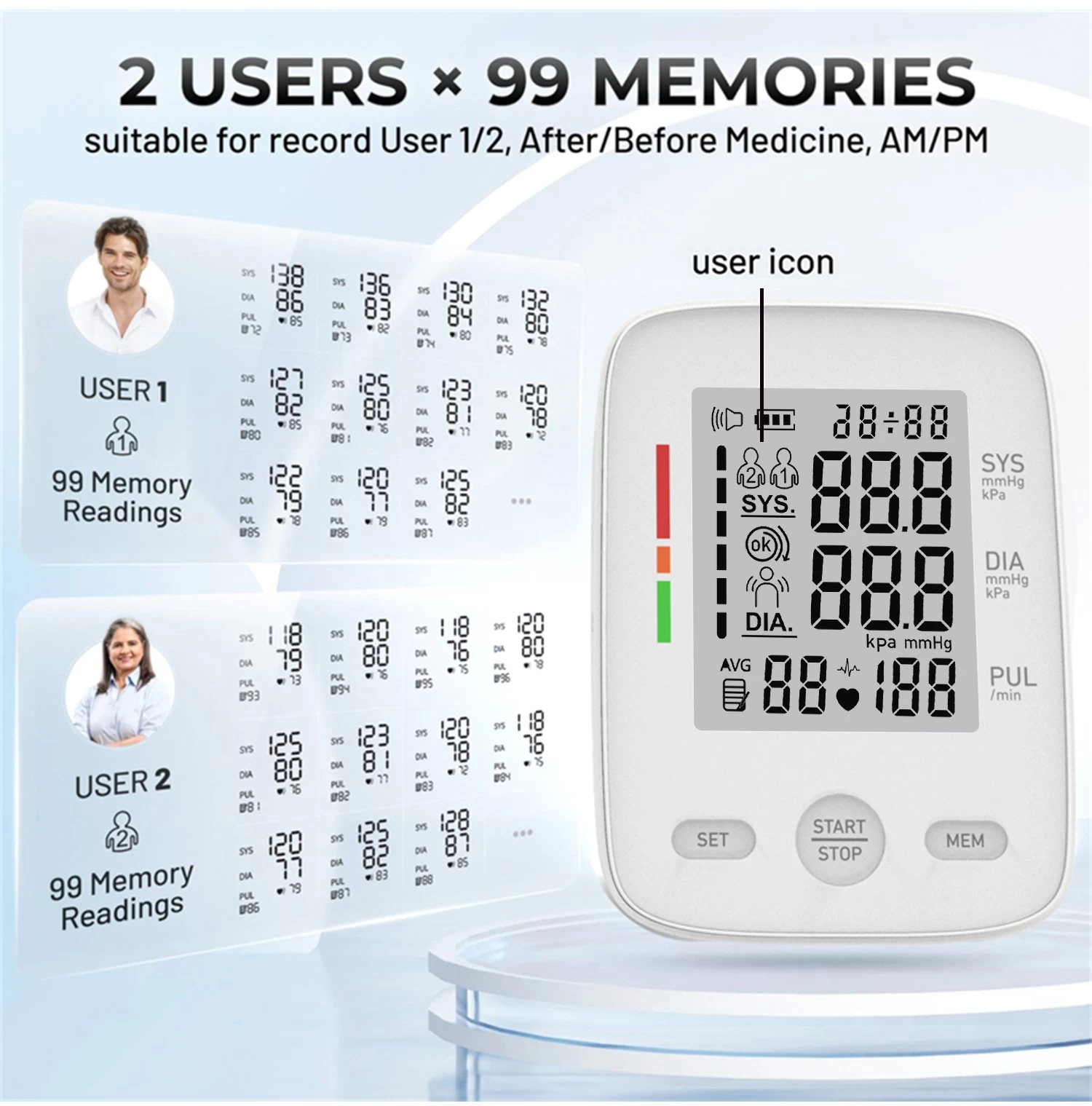
Use the Correct Measurement Technique
To achieve optimal accuracy, it’s important to adopt the right technique:
- Body Position: Sit upright with your back supported and both feet flat on the ground. Your arm should rest at heart level, supported by a table or armrest.
- Cuff Placement: Wrap the cuff around your upper arm, positioning it about 1 inch (2–3 cm) above your elbow. Make sure it’s snug but not tight.
- Stay Still: Avoid talking, moving, or crossing your legs during the measurement. Any motion can affect the results.
Take two or three readings, one minute apart, and average them for a more accurate assessment.
Track and Analyze Your Results
Keeping a record of your blood pressure readings allows you to identify patterns and share valuable insights with your healthcare provider. When logging your results, include:
- The date and time of the reading.
- Your systolic (upper) and diastolic (lower) values.
- Any relevant notes, such as recent physical activity or stress levels.
Many modern monitors offer digital storage or app integration, making it easier to manage and analyze your data over time.
Understand Your Blood Pressure Numbers
Familiarize yourself with the standard blood pressure categories to understand what your readings mean:
- Normal: Less than 120/80 mmHg
- Elevated: Systolic between 120–129 and diastolic less than 80 mmHg
- Hypertension (Stage 1): Systolic 130–139 or diastolic 80–89 mmHg
- Hypertension (Stage 2): Systolic ≥140 or diastolic ≥90 mmHg
If your readings are consistently elevated, consult a healthcare provider for personalized guidance.

Incorporate Monitoring into Your Routine
Consistency is key to effective blood pressure management. Here’s how to integrate monitoring into your daily routine:
- Schedule Regular Readings: Measure your blood pressure at the same time each day, ideally in the morning or evening.
- Make It a Habit: Link blood pressure monitoring with an existing habit, such as brushing your teeth or having breakfast.
- Use a Reminder System: Set alarms or notifications to ensure you never miss a reading.
Enhance Your Health with Lifestyle Adjustments
Blood pressure monitoring is just one piece of the puzzle. Combine it with a heart-healthy lifestyle for the best results:
- Adopt a Balanced Diet: Focus on nutrient-rich foods like fruits, vegetables, whole grains, and lean proteins while reducing salt and saturated fat intake.
- Stay Physically Active: Engage in at least 150 minutes of moderate-intensity exercise per week, such as brisk walking or cycling.
- Manage Stress: Practice relaxation techniques like yoga, meditation, or deep breathing to lower stress-induced blood pressure spikes.
- Prioritize Sleep: Ensure you get 7–9 hours of restful sleep each night to support overall cardiovascular health.
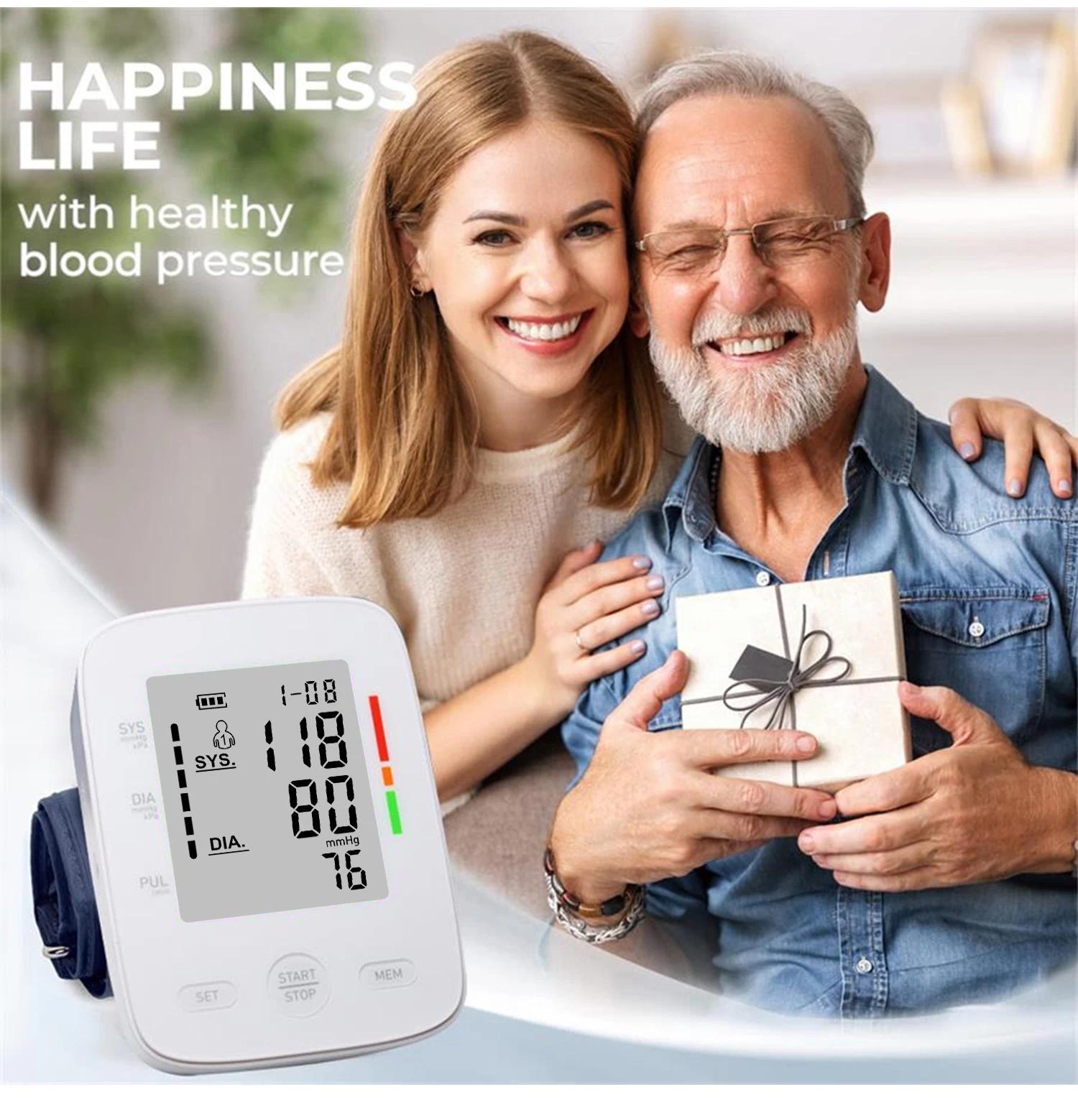
Conclusion: Maximize the Benefits of Blood Pressure Monitoring
Optimizing your blood pressure monitoring experience involves more than just using a device—it’s about creating a routine, understanding your readings, and making lifestyle changes to support long-term health. By following these steps, you can ensure accurate results, gain valuable insights, and take proactive steps toward a healthier life.
With a reliable blood pressure monitor and the right approach, you’re well-equipped to stay on top of your health journey and enjoy a better quality of life.


